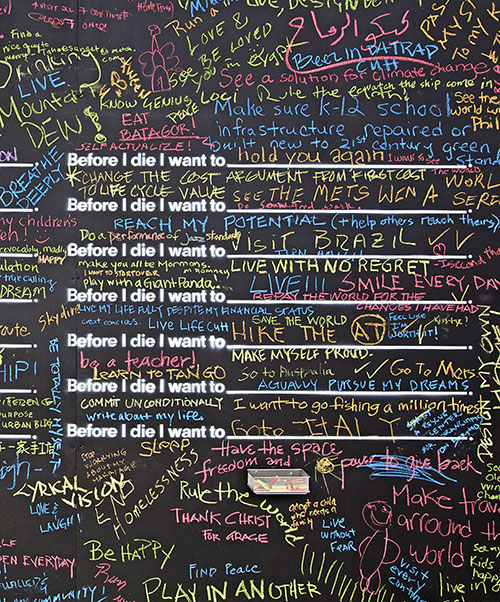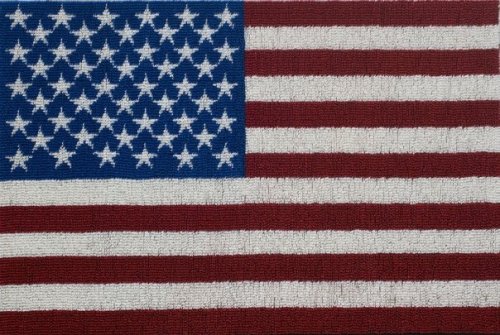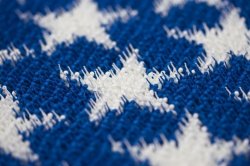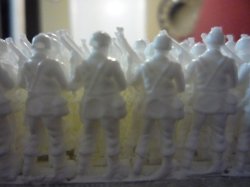There once was a tree a pretty little tree
The prettiest little tree that you ever did see
the tree in a hole , and the hole in the ground
And the green grass grew all around, all around
And the green grass grew all around
Now on this tree There was a limb
The prettiest little limb That you ever did see
the limb on the tree and the tree in the hole and the hole in the ground
And the green grass grew all around, all around
And the green grass grew all around
Now on this limb There was a branch
The prettiest little branch That you ever did see
Oh, the branch on the limb and the limb on the tree, and the tree in a hole
And the hole was in the ground
And the green grass grew all around, all around
And the green grass grew all around
Now on this branch There was a bough
The prettiest little bough That you ever did see
the bough on the branch, and the branch on the limb, and the limb on and the tree in a hole , and the hole was in the ground
And the green grass grew all around, all around
And the green grass grew all around
Now on this bough there was a twig
The prettiest little twig That you ever did see
Oh, the twig on the bough, and the bough on the branch, and the branch on the limb and the limb on the tree, and the tree in a hole , and the hole in the ground
And the green grass grew all around, all around
And the green grass grew all around
Now on this twig There was leaf
The prettiest little leaf That you ever did see
Oh, the leaf on the twig, and the twig on the bough, and the bough on the branch, and the branch on the limb and the limb on the tree, and the tree in a hole , and the hole in the ground
And the green grass grew all around, all around
And the green grass grew all around
Now on this leaf There was a nest
The prettiest little nest That you ever did see
Oh, the nest on the leaf and the leaf on the twig, and the twig on the bough, and the bough on the branch, and the branch on limb and the limb on the tree, and the tree in a hole , and the hole in the ground
And the green grass grew all around, all around
And the green grass grew all around
Now in this nest There was a bird
The prettiest little bird That you ever did see
Oh, the bird in the nest, and the nest on the leaf and the leaf on the twig, and the twig on the bough, and the bough on the branch, and the branch on limb and the limb on the tree, and the tree in a hole , and the hole in the ground
And the green grass grew all around, all around
And the green grass grew all around
Now on this bird There was a feather
The prettiest little feather That you ever did see
Oh, the feather on the bird, the bird in the nest, and the nest on the leaf and the leaf on the twig, and the twig on the bough, and the bough on the branch, and the branch on the limb and the limb on the tree, and the tree in a hole , and the hole in the ground
And the green grass grew all around, all around
And the green grass grew all around
Now on this feather There was a flea
The prettiest little flea That you ever did see
Oh, the flea on the feather, the feather on the bird, the bird in the nest, and the nest on the leaf and the leaf on the twig, and the twig on the bough, and the bough on the branch, and the branch on the limb and the limb on the tree, and the tree in a hole , and the hole in the ground
And the green grass grew all around, all around
And the green grass grew all around































